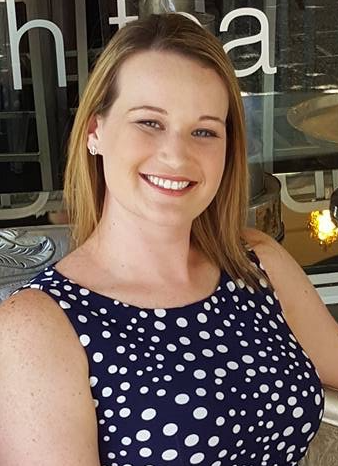CHILDREN’S HEALTH AND HOW PHYSIOTHERAPY IS BENEFICIAL
For physiotherapists treating children and adolescents, knowing that a different approach is needed is essential. Children are not adults and will respond differently to both the treatment and the practitioner. The connection that needs to be made between the physiotherapist and the young patient is important for achieving the goals of treatment.
We recently spoke to Laura Brunton, PT PhD and Assistant Professor at the School of Physical Therapy at Western University in London Ontario, who shared insights on her work in paediatric physiotherapy.

Laura Brunton
Tell us a bit about where you currently practice as a physiotherapist and your patient population.
I have worked in paediatric homecare and in an early childhood rehabilitation program at a children’s hospital. In both of these roles, the majority of my patient population were children under the age of five years with developmental disabilities or children without an established diagnosis but who are delayed in meeting their developmental milestones. In 2017, I moved to academia and research full time with a focus on physical activity and other factors for children with cerebral palsy.
Tell us about one of your patient’s story that particularly inspired you.
I started to work with a client who at 18 months had already had a full year of treatment but still wasn’t rolling or sitting on his own. Many parents would be frustrated to have had services for that long without seeing concrete progress with these milestones, but these parents were so engaged and worked so hard in between sessions with their little guy that I knew the potential was there.
One day, I arrived for my session with him, and his parents were eager to show me he had finally learned to roll. We celebrated because we felt this was just the beginning of him being able to explore and move independently. Sure enough, once he was able to choose where he wanted to roll, more milestones were achieved. During the year I worked with him, through motivation and hard work on his part and his family’s, he had gone from not being able to roll to sitting independently, standing at a surface, and walking with a walker. I have no doubt that he continued to progress and gain more independence.
This example is one of many that inspired me and showed me what is possible when a child has perseverance, motivation, and has amazingly supportive family members and healthcare providers working toward a common goal.
What are some of the conditions/ailments that physiotherapists treat in paediatric patients?
There are too many to list. In addition to rehabilitation and treatment after injuries, we treat children with generalized developmental delays, neurological conditions such as cerebral palsy and spina bifida, neuromuscular disorders such as Duchenne muscular dystrophy, orthopaedic conditions like arthritis, scoliosis, and torticollis, and cardiorespiratory disorders such as cystic fibrosis, among so many others.
What knowledge and skills are unique to paediatric physiotherapists as compared to those that treat adults?
Though not unique to paediatric physical therapy, as all physiotherapists should have these skills, the ability to be creative, flexible, and downright silly at times are strengths you either have or need to develop as a paediatric physiotherapist – they’ll help you be more effective in making treatment fun and a part of play. Paediatric physiotherapists often have the opportunity to work in a family-centred care model which means they need to have good communication skills, the ability to build self-advocacy skills in their clients and their families, and often work in a collaborative setting with the client and their family as true partners in their care.
How is physiotherapy for children any different from that of treating adults?
The unique thing about being a physiotherapist in a paediatric setting is that often we aren’t necessarily rehabilitating a child to get back to a certain task or role they have previously been able to do. When working with children, we sometimes teach and help them learn a skill for the first time which can be extremely powerful and rewarding. It’s also important to remember that children aren’t just mini-adults, and that they have different needs and goals and they force you to think outside the box with treatment programs – if it isn’t fun, they won’t do it.
Are there any innovations or advancements in treatment, or programs or technology in this area that you would like to highlight?
I think what’s really exciting is how quickly things are changing with advancements in technology. For example, virtual reality can be used as an engaging distraction during painful procedures or to help children participate in activities that are tailored to their physical capacity, creating a sense of mastery and increased feelings of self-efficacy during treatment.
Smartphone applications like Jooay are cataloging adapted recreation, leisure, and physical activity opportunities, and making them easier to find for families with children with disabilities. Even something as simple as Google Maps adding an accessibility option for public transit is a big game changer for a lot of the clients we work with.
What would you like everyone to know about physiotherapists who treat children?
Paediatric physiotherapists are caring, creative, and supportive healthcare providers who are committed to ensuring that every child reaches their full potential. Childhood is a time for discovery, growth (both physically and mentally) and fun. As physiotherapists, we play a pivotal role in increasing children’s abilities and optimizing opportunities to have fun and be themselves.


